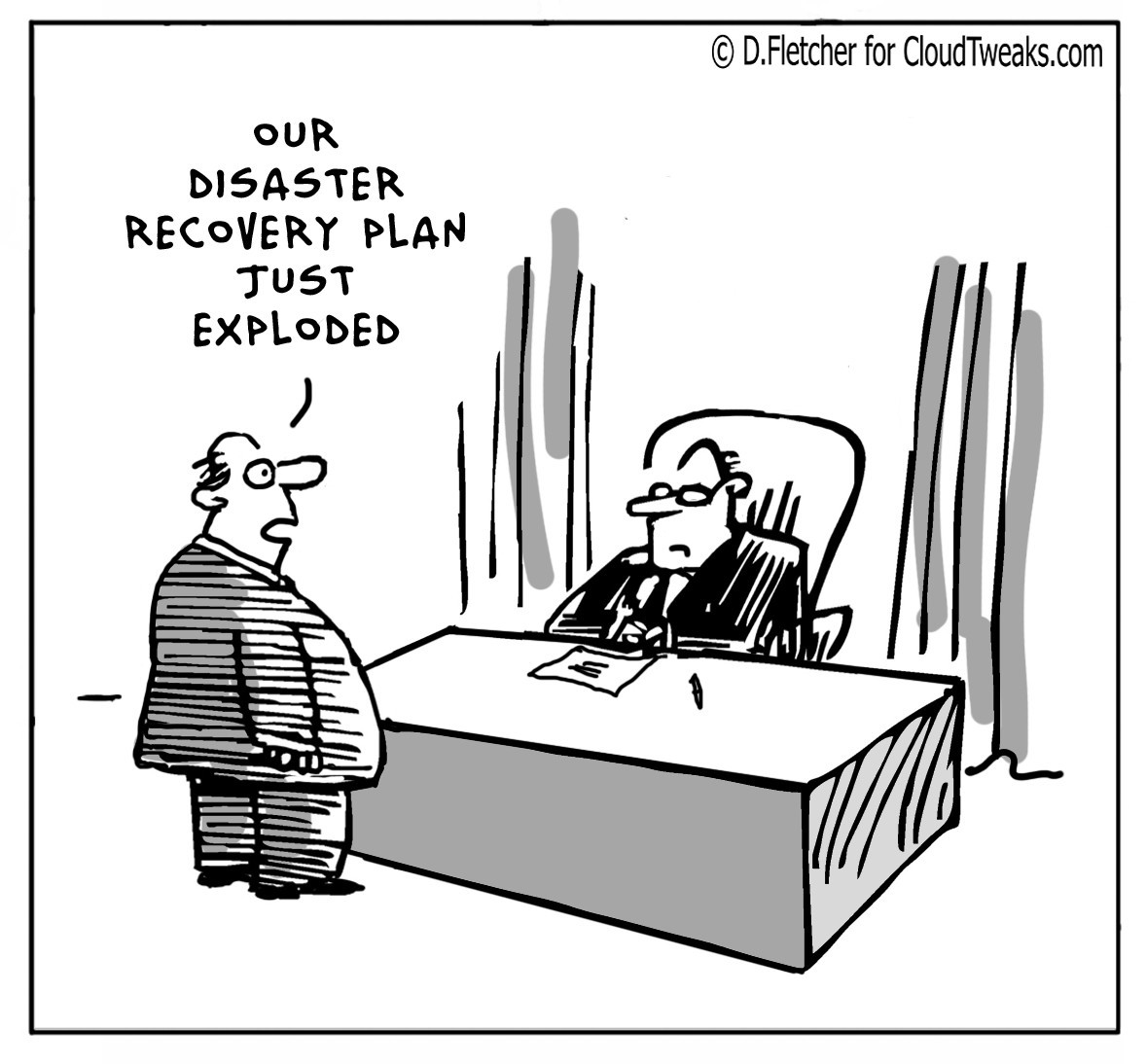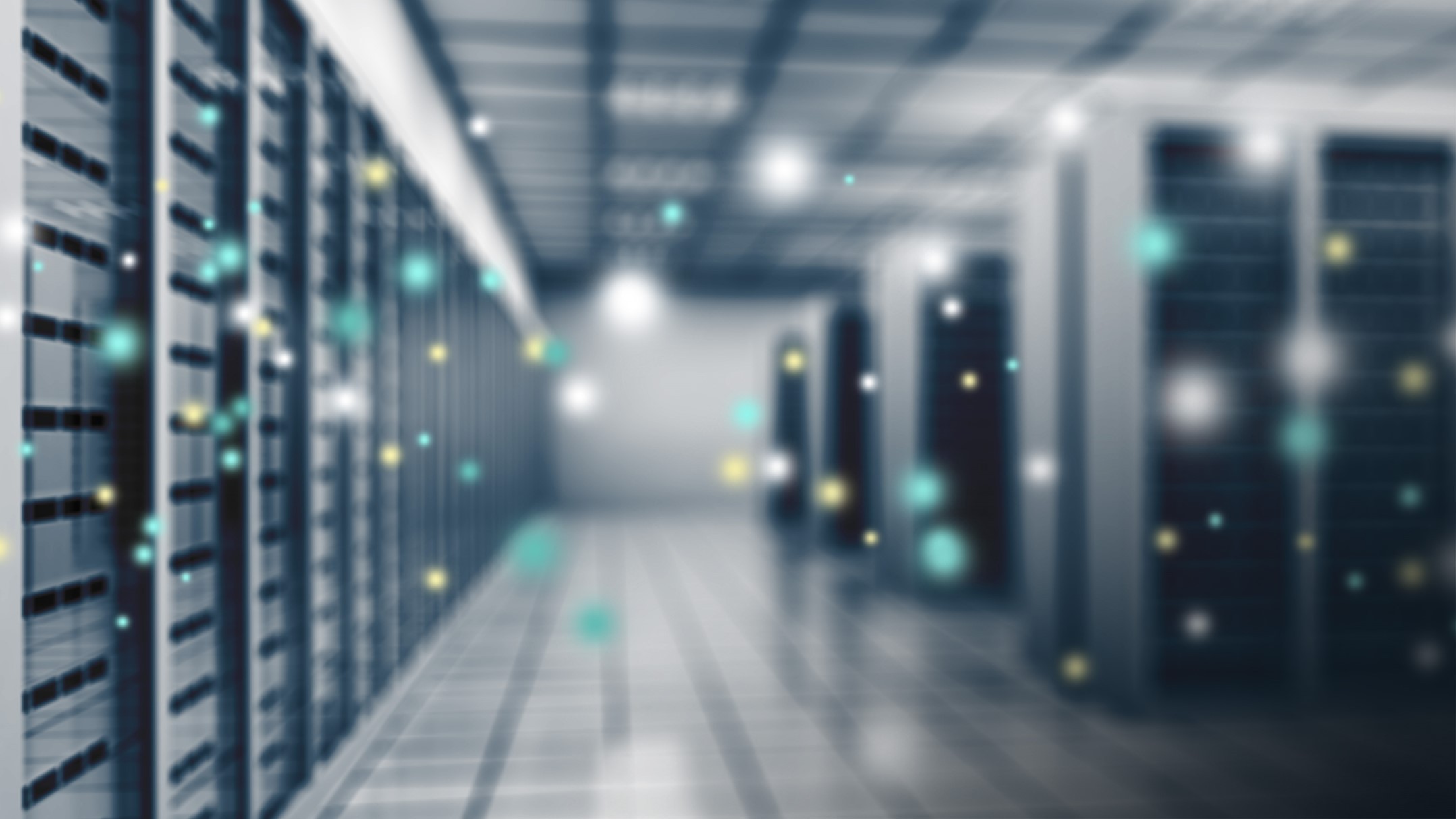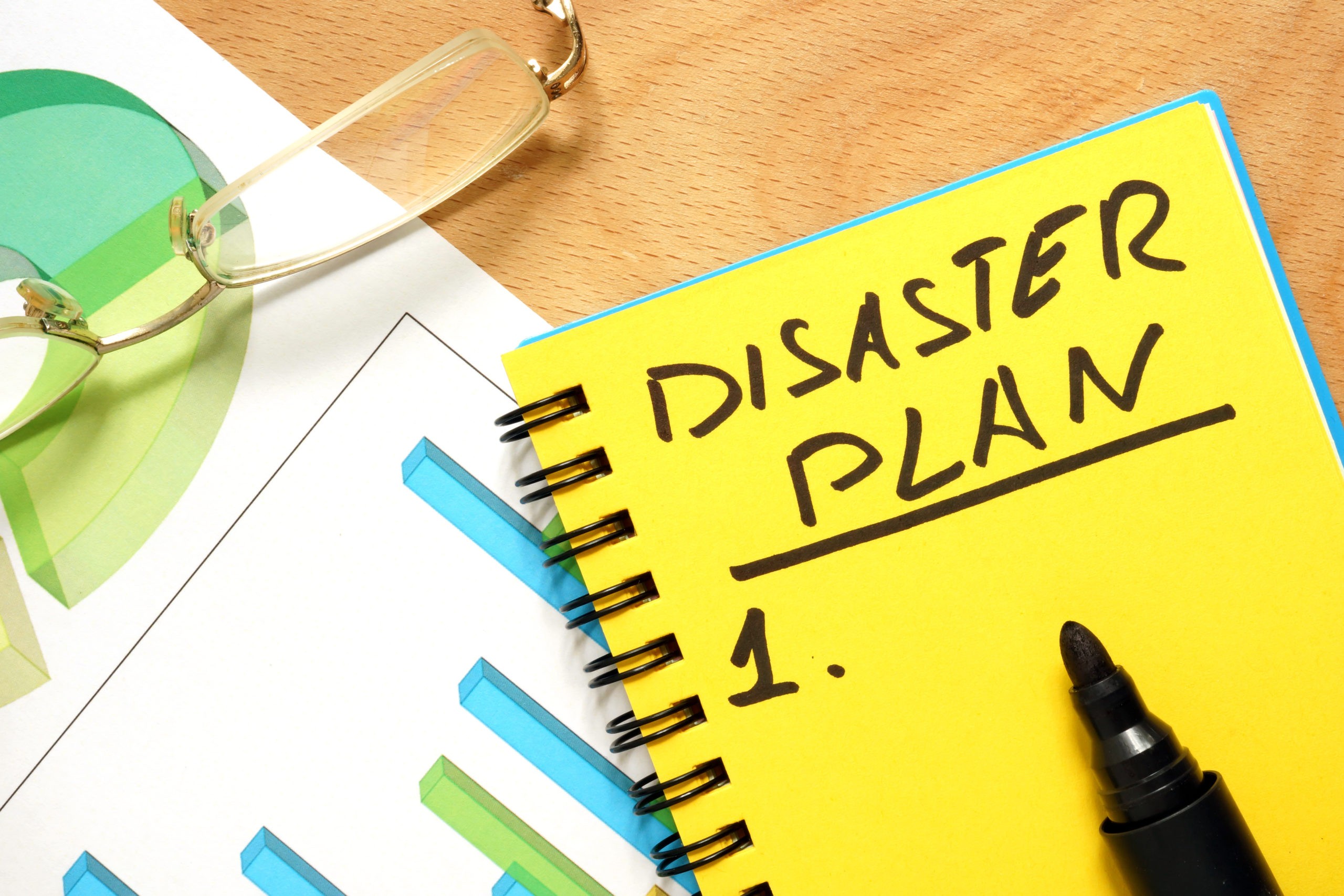December 24, 2019 by Siobhan Climer
Siemens’ CEO Joe Kaeser captured how technology has modernized the world while speaking at a Stockholm technology forum back in 2018:
“Data is the oil, some say the gold, of the 21st century – the raw material that our economies, societies and democracies are increasingly being built on.”
This is precisely why the increase in risk to data – from malicious cyberattacks to unpredictable weather systems – is so frightening and why businesses and individuals are turning to preemptive planning to mitigate risk.
How Do You Mitigate Risk To Data?
Data today takes many forms. From privileged account information, like passwords and credentials, to intellectual property, like trade secrets and organizational charts, organizations need data to function.
 And while all data is not created equal, all data is at risk. First, there is the risk the data will be compromised intentionally. It’s no secret that ransomware and criminal hackers seek to monetize your data to your detriment.
And while all data is not created equal, all data is at risk. First, there is the risk the data will be compromised intentionally. It’s no secret that ransomware and criminal hackers seek to monetize your data to your detriment.
Second, data is at risk simply by existing. A negligent, yet benign employee could accidentally leak customer information in an email. A backup might fail to restore. Or a hurricane might wreak havoc on a data center.
Today, IT leaders must acknowledge the risk to data and understand the consequences if that risk is actualized.
- What happens when your sales team no longer has access to their clients’ data?
- How do your teams provide services without core applications?
- How long can employees go without access to critical information and systems?
That’s The Point Of Disaster Recovery Planning
Disaster recovery planning means taking a proactive stance around data risk. Certainly, you can put barriers in place to reduce risk. For example, you can add increased security measures, like firewalls and DNS filtering. Even then, though, you can never be 100% protected from risk.
That’s why it is essential to identify, prioritize, and prepare for the most prominent risks you are likely to face. By determining what events would most significantly impact your organization and the likelihood of those events, you can substantially reduce your risk.
What Is Disaster Recovery As A Service (DRaaS)?
While there are many valuable elements of disaster recovery programming, it is helpful to break it up into two distinct categories: theory and practice – or planning and implementation.
 Planning involves identifying risks and determining RPOs and RTOs. It’s the theoretical understanding of how your organization operates and what it needs to continue should a disaster strike.
Planning involves identifying risks and determining RPOs and RTOs. It’s the theoretical understanding of how your organization operates and what it needs to continue should a disaster strike.
Implementation is the actual activation of the disaster recovery program. It’s the practical elements of documentation, creating a runbook, and performing testing of the program.
Disaster Recovery as a Service (DRaaS) is the utilization of a third-party servicer to backup vital data and applications to the cloud and provide system failover to a secondary infrastructure. DRaaS typically also includes production replication to enable a seamless transition between primary and secondary infrastructure, as well as the fallback to primary servers once the environment is ready.
Why Use DRaaS
 Using disaster recovery as a service ends up saving most organizations time, money, and resources when it comes to disaster recovery. DR is complex and requires a continuous input of resources.
Using disaster recovery as a service ends up saving most organizations time, money, and resources when it comes to disaster recovery. DR is complex and requires a continuous input of resources.
It is never a one-and-done plan.
That’s part of the reason we use the word program. True disaster recovery is a feedback loop, where testing and new information are input into the program to improve recovery options. Without proper testing and feedback, your disaster recovery plan is worthless.
DRaaS With Mindsight
Our disaster recovery experts have been in the business for 20 years, and they are familiar with the intricate crossover between disaster recovery, infrastructure, and cybersecurity. Mindsight’s team will work with you to determine your RTOs and RPOs, ensure you have a comprehensive backup and disaster recovery plan in place, and then perform the implementation – practical service – portion of disaster recovery programming so you can feel confident that when disaster strikes, you’ll be ready.
Talk one-on-one with our experts – in-person or virtually – through a whiteboard session. Sign up today for this complimentary consulting service and get started on your DRaaS journey.
Like what you read?
Contact us today to discuss disaster recovery as a service (DRaaS).
About Mindsight
Mindsight, a Chicago IT services provider, is an extension of your team. Our culture is built on transparency and trust, and our team is made up of extraordinary people – the kinds of people you would hire. We have one of the largest expert-level engineering teams delivering the full spectrum of IT services and solutions, from cloud to infrastructure, collaboration to contact center. Our customers rely on our thought leadership, responsiveness, and dedication to solving their toughest technology challenges.
Contact us at GoMindsight.com.
About The Author
Siobhan Climer, Science and Technology Writer for Mindsight, writes about technology trends in education, healthcare, and business. She writes extensively about cybersecurity, disaster recovery, cloud services, backups, data storage, network infrastructure, and the contact center. When she’s not writing tech, she’s reading and writing fantasy, gardening, and exploring the world with her twin daughters. Find her on twitter @techtalksio.




